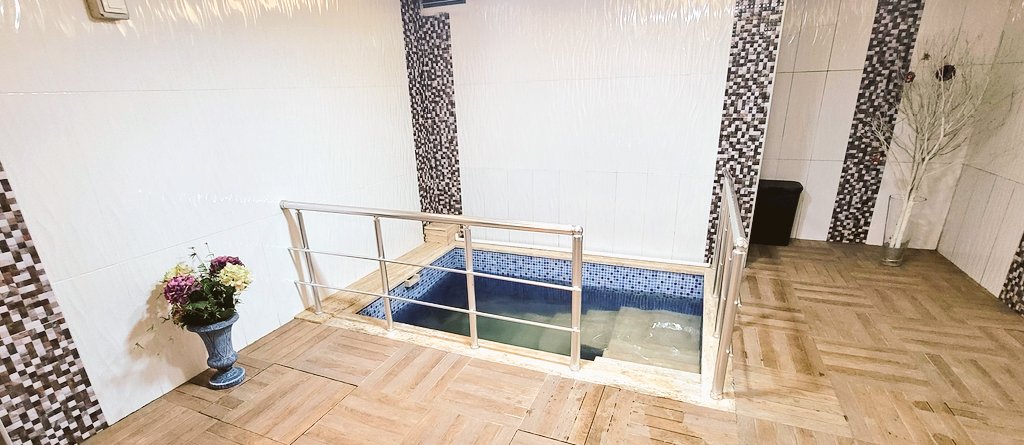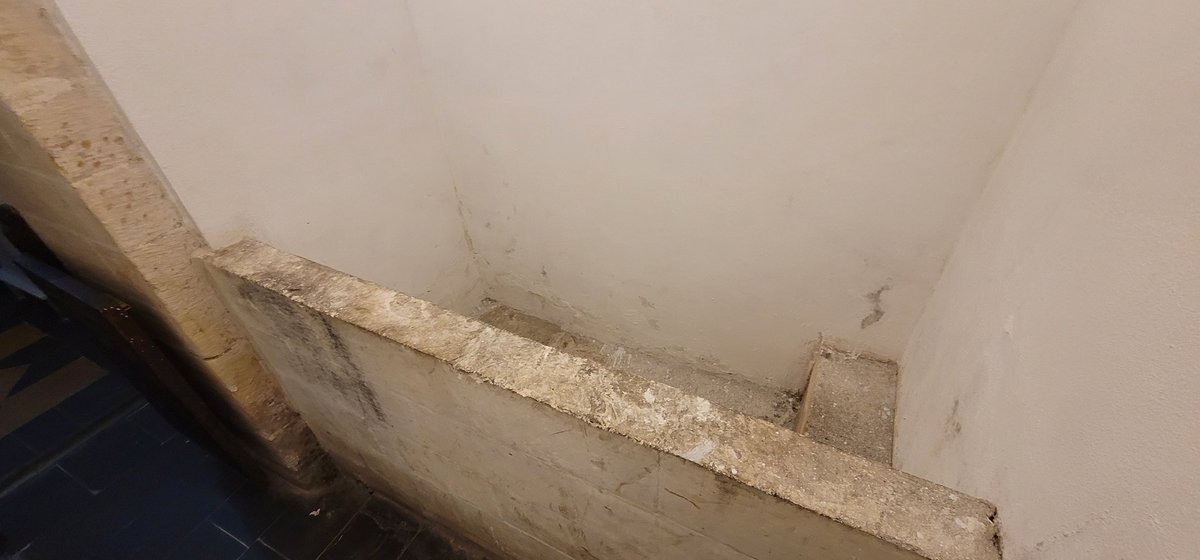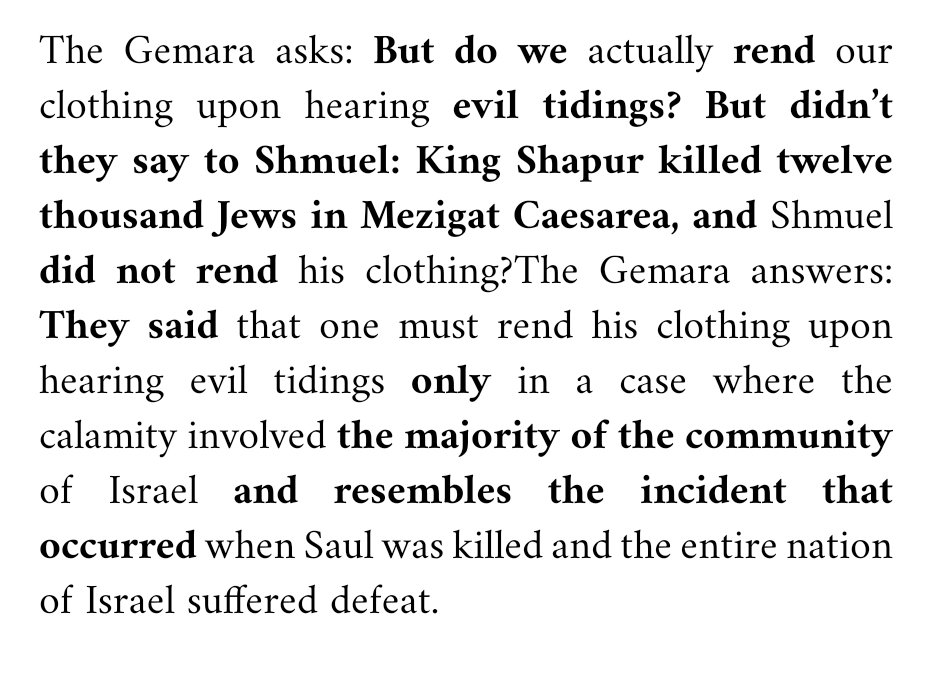Day 8 of #TurkeyJewishRoadtrip:
Bergama (Pergamon)
Guess who rebuilt this beautiful synagogue of #Bergama?
Bergama (Pergamon)
Guess who rebuilt this beautiful synagogue of #Bergama?

This is of course the beautiful synagogue of Bergama... Just a few years ago it was used as a barn, after most Jews have left the city.
While my friend Selim Ozturk was arranging the synagogue to open, @ChaimChitrik and I went up the acropolis to see the ruins of #Pergamon
While my friend Selim Ozturk was arranging the synagogue to open, @ChaimChitrik and I went up the acropolis to see the ruins of #Pergamon

The ruins of this once major city are still quite impressive now! But we were waiting for the keys of the synagogue to arrive... 

Finally, Abdurahman and Mehmet from the Bergama Kaymakamlık bring the keys and bif smiles "Hoşgeldiniz" welcome to Bergama they say... 



They explained that the @bergamabel with support of @TCKulturTurizm have taken on this project - to restore the ancient Bergama Yabets synagogue to its former glory!
jewish-heritage-europe.eu/2015/01/11/syn…
jewish-heritage-europe.eu/2015/01/11/syn…
Here you can see how it looked like just a few years ago... and how it looks now...
Teşekkür ederiz! And as we say here: Hazakim Beruhim!

Teşekkür ederiz! And as we say here: Hazakim Beruhim!


The Midraş right next to the Yabets synagogue was restored as well, and is used as a cultural center where people today learn about the unique Hand woven Ruggs of Bergama... 



Your messages of support and concern are very moving. Continue retweeting snd sharing these threads of #TurkeyJewishRoadtrip - to all. Together we will show friendship to the world!
As I mentioned @selimthe4th - I want to thank him for being so very helpful for the past 8 days!
As I mentioned @selimthe4th - I want to thank him for being so very helpful for the past 8 days!
As became customary on #TurkeyJewishRoadtrip we went to pray at the Jewish cemetery of Bergama on 2. Fabrika Sokak (across the police station).
Place needs better fencing (some of it was knocked down).
Thank you @bergamabel for the trees and your great work showing diversity!



Place needs better fencing (some of it was knocked down).
Thank you @bergamabel for the trees and your great work showing diversity!




• • •
Missing some Tweet in this thread? You can try to
force a refresh























